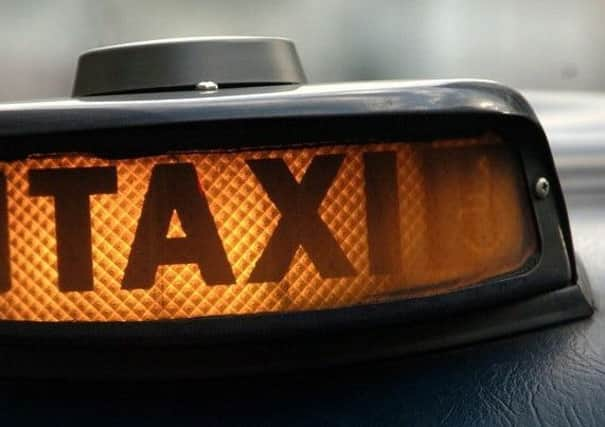Proposed Eastbourne taxi rule would discriminate against majority of disabled


I read with horror that Eastbourne Borough Council is considering introducing new rules requiring all taxis to be wheelchair accessible.
This ruling would completely discriminate against the vast majority of disabled people who are unable to get in and out of these adapted vehicles.
Advertisement
Hide AdAdvertisement
Hide AdThis idea was first brought up in the mid 1990s and as a new taxi driver I became a founder member of the MSDCHCA (Mid-Sussex Taxi Hackney Carriage Drivers Association) which was formed to support the interest of taxi drivers and their industry in Mid-Sussex.
We did extensive research with the help of Age Concern, NHS professionals, social services and other interested bodies. A delegation went to the House of Commons with a wheelchair accessible taxi to show MPs the difficulties that elderly and people with disabilities had getting in and out of these vehicles.
The test we gave the MPs at that time was to get in, sit down and get out of a London style taxi on one leg, without bumping your head.
Try it.
At the time of our research it showed that less than one per cent of the population was registered disabled and that less than one per cent of the disabled population was totally dependant on a wheelchair, and they only used a taxi when transport provided by the county council was not available.
Advertisement
Hide AdAdvertisement
Hide AdThe preferred choice of taxi vehicle, for most wheelchair users who have limited mobility, and for passengers with a mobility issue, is the front passenger seat of a saloon car.
You only have to ask the telephone operators in the taxi booking offices how often they will be asked for a saloon car by the elderly.
In most cases it is quite easy for the passenger, sometimes with the assistance of the driver, to simply lower themselves to sit on the front passenger seat and then turn their legs 90 degrees placing their feet in the footwell.
The issues regarding wheelchair accessible vehicles from a driver viewpoint is that they cost up to five times more to purchase than a saloon car and that you miss a lot of trade by not taking passengers with mobility issues.
Advertisement
Hide AdAdvertisement
Hide AdFor a taxi to carry a wheelchair passenger the driver has to secure the wheelchair to the vehicle and release it afterwards.
The meter can only be put during the duration of the journey. That’s the law.